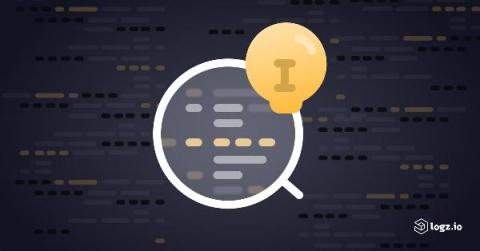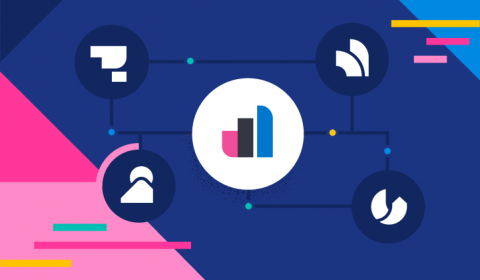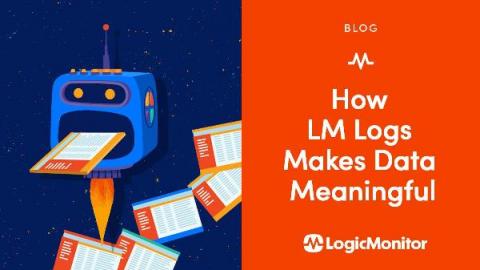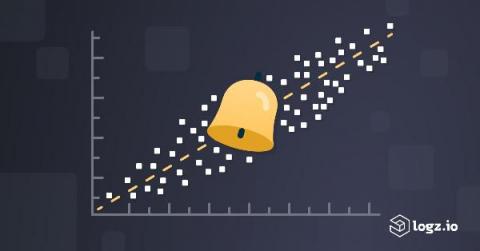PCI Logging Rules Your Organization NEEDS to Know
For an organization to be compliant with PCI logging requirements, it must follow PCI Requirement 10 of the Payment Card Industry Data Security Standards (PCI DSS). Below, we’ve listed the highlights of this section and the important details that you need to know.










